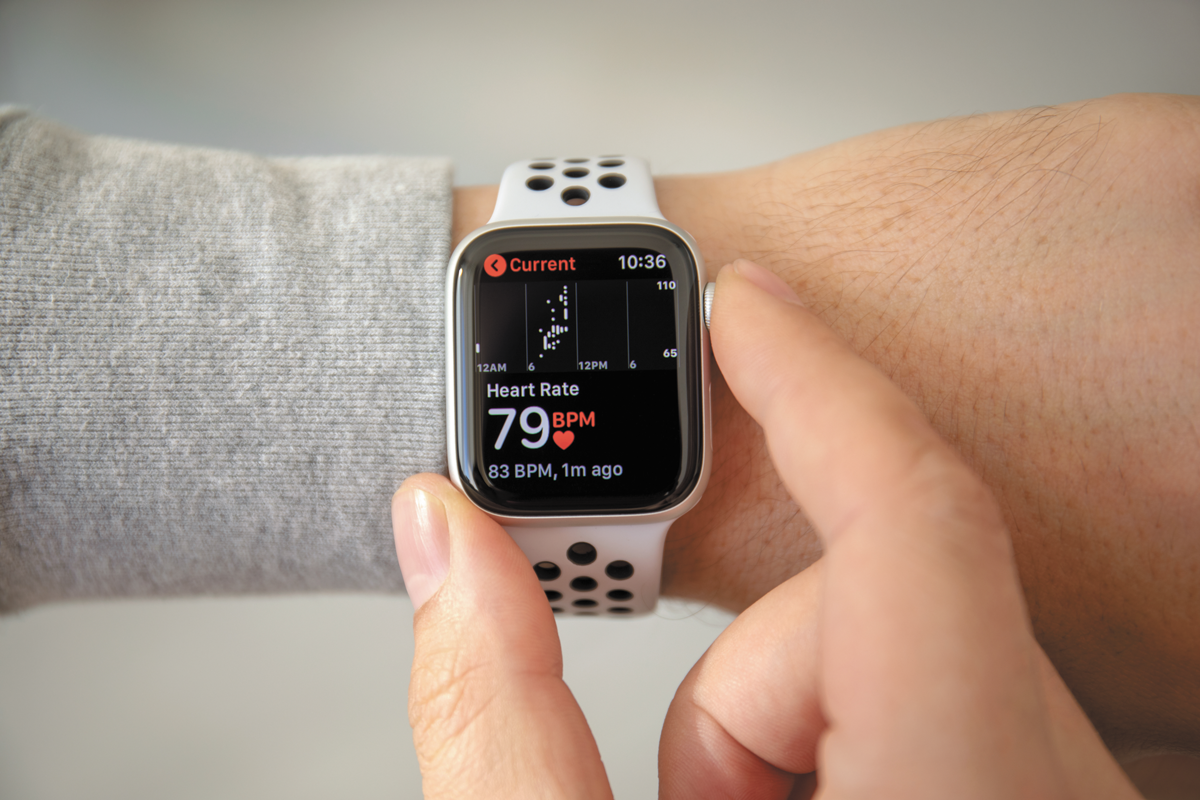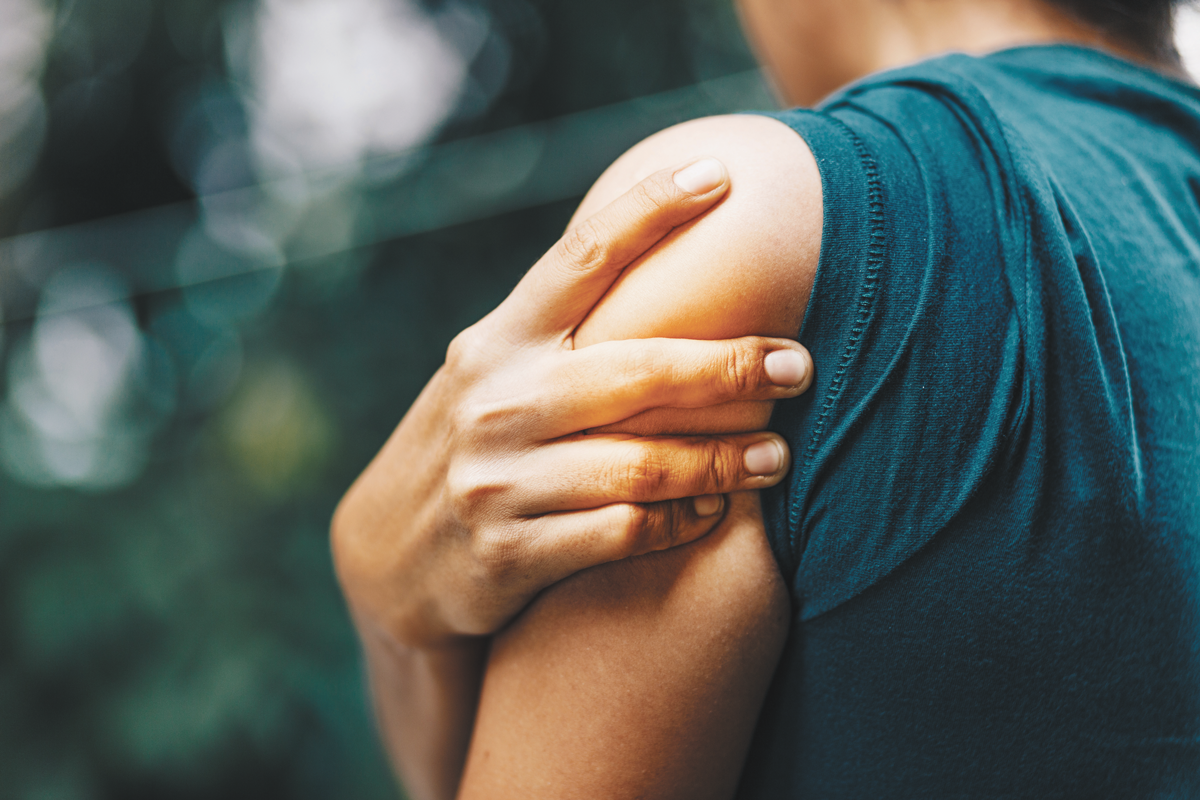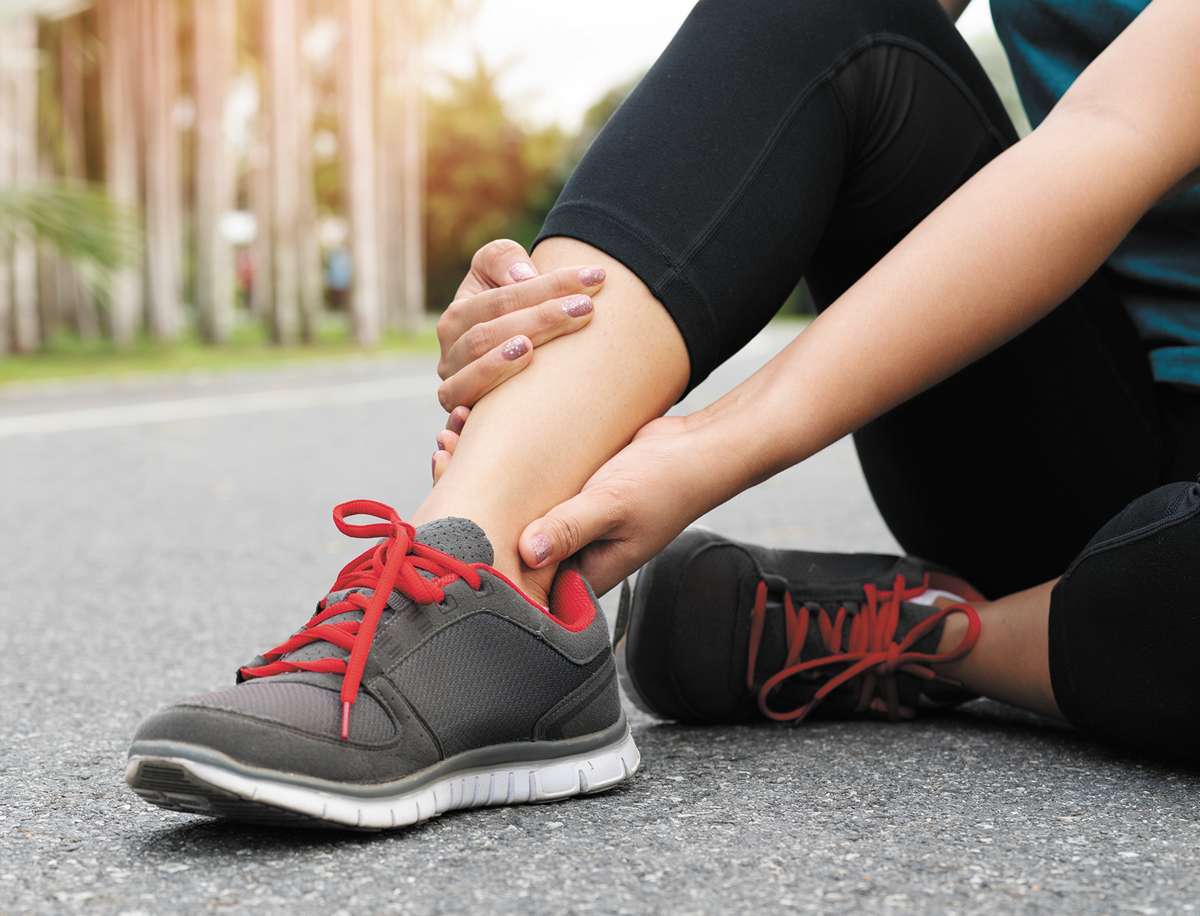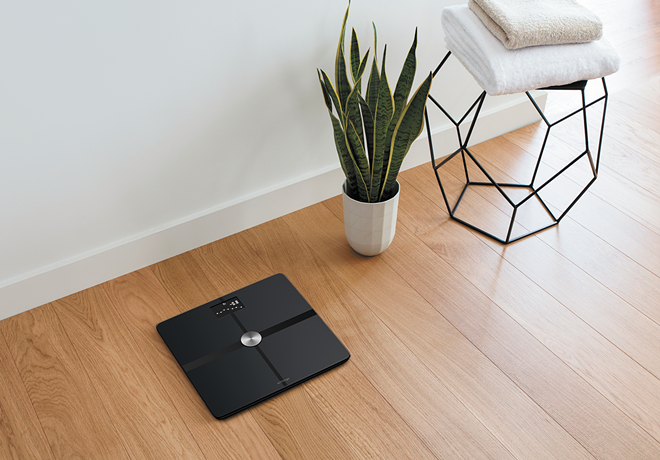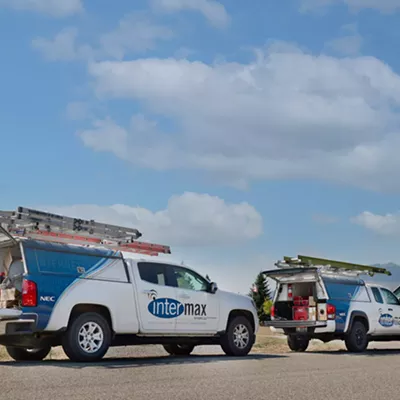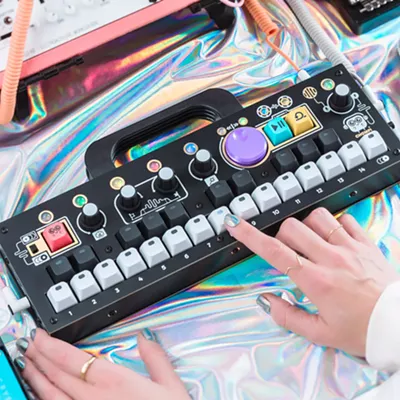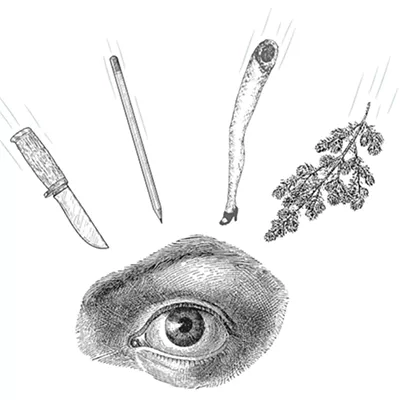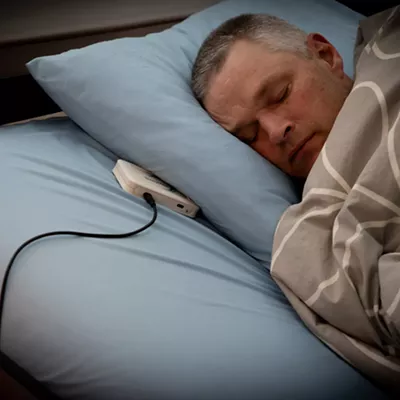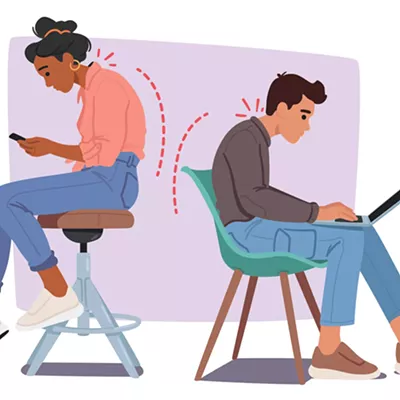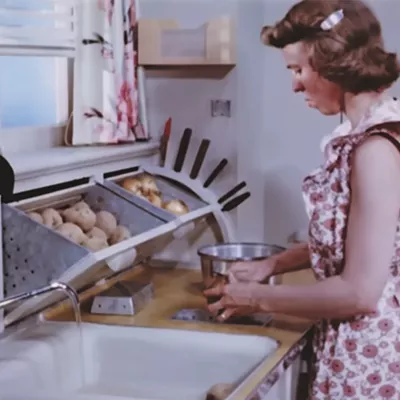Whether you are on a mission to suss out your own health, need help recovering from your perhaps overly enthusiastic workout or are just a little desperate to find out if your child has an ear infection, there's nothing short of an explosion of health-related consumer-oriented equipment ready to meet your needs.
BABY MONITORING
It's now possible to monitor your baby with the precision previously reserved for NASA astronauts or patients in the ICU. The Nanit system ($380) offers not just the old-standard nanny cam but so much more. Yes, the basic device is a monitor, offering clear views of the crib day or night, along with audio piped to your phone, tablet or Amazon Alexa. There are instant alerts to sounds or movement in the nursery. You can opt to soothe a restless baby by turning on white noise or nature sounds, and you can talk to the baby through the monitor.
That's all pretty standard stuff. It's the numerous accessories to help you fill out your child's database that make Nanit unique. "Breathing ware" includes white pajamas, sleeping bags, swaddlers and a breathing band — all with a geometric pattern striped around the chest — to allow the monitor to track breathing motion without any electronic devices actually in the crib. Crisp white "smart sheets" are decorated with a clever little black koala print on each corner. But the print is not just decorative; it provides a consistent comparison that allows the system to "see" and track your child's growth. Other options include various mounting options for the monitor at home and travel gear for when you leave your nest.
And, of course, there's an app to go with all that gear. "Nanit Insights" offers the ability to preserve your child's sleep tracking and other data (from two days at $5 a month, to $30 a month for unlimited storage). You can create a baby book with snippets from the data. And perhaps best of all for sleep-deprived parents, you'll get access to personalized sleep tips and sleep coaching.
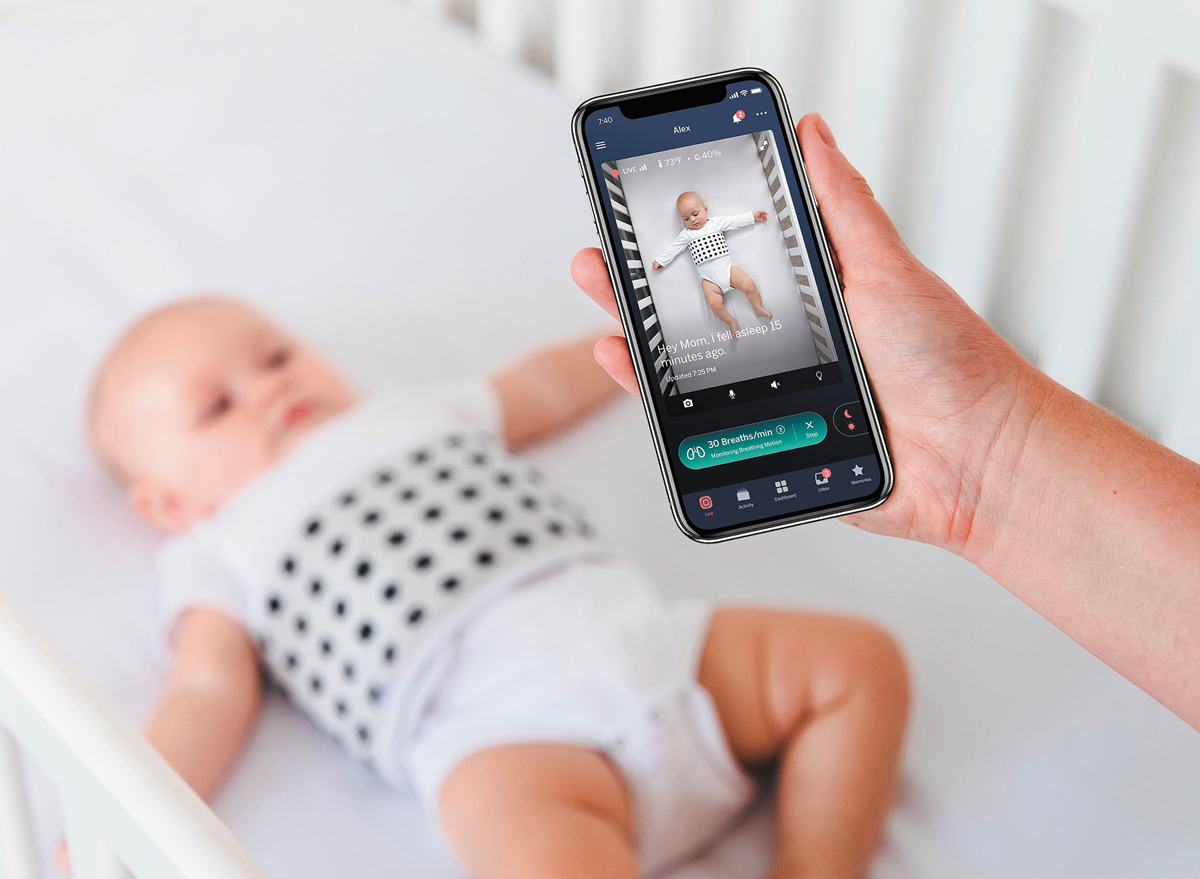
"The inspiration for Nanit came from the sleepless nights that all parents experience at some point in their journey," says Nanit CEO Sarah Dorsett in an email. "We believed technology could help parents finally solve this problem and make more time for the special moments of childhood."
Other high-tech baby monitoring systems include the Owlet ($149), a camera/audio monitoring system, and the Owlet's Dream Lab online interactive sleep training program ($99) that promises better sleep for babies — and parents — in as few as seven days.
Maybe your baby is fussy, and you suspect an ear infection but would rather avoid schlepping to the doctor's office, where a chance encounter with another sick child could just make things worse.
Enter the Tyto Home Remote Exam Kit ($300). Crystal Kong-Wong, associate medical director for University of Washington Digital Health, says she and other doctors at UW Medicine are currently testing the kit.
Here's how it works: Using the equipment in the kit, and following along with an app, you are guided to examine your child — use the tongue depressor adapter to obtain images of the throat, use the stethoscope adapter to listen to the heart and lungs, and grab the otoscope adapter to check out those ears.
Then connect with one of Tyto's 24/7 "virtual urgent care" docs or send the info you've collected to your kid's own pediatrician to view on the company's HIPAA-compliant website.
"There's the potential for some of these devices to bridge the gap in making home visits higher yield, giving us more diagnostic info and reassurance," says Kong-Wong.
THAT HURT. CAN MUSCLE RECOVERY BE SPED UP?
You went all out and now you're in pain. If you've ever wished you had an on-call masseuse ready to attend to your injuries, self-inflicted and otherwise, then a percussion massage gun might just be the next best thing. The devices deliver a rather intense staccato-style massage, aimed at various depths into your tissue, via a number of shaped attachments. They have proliferated in the market.
"For people experiencing marginal, general muscular tension, I think the theragun is a nice tool," says Christina Braaten, massage therapist and owner of Spokane's Maison Papillon. "It's sedative, it actually provides a kind of hypnotic experience, so it's relaxing." Just be careful where you apply the massager. "The neck is one of the scariest places I see people put that on themselves," she says. "They are trying to release the trapezius, but there's so much going on in that area. Just don't do it on your neck or your head."
Relatively small studies have shown that treatment with percussive massage guns can produce increased flexibility of the knees, hips and low back. Similar small studies have shown that while percussive massagers don't seem to cause any increased muscle activation when used as a warm-up, their use as a massager after a workout does decrease muscle soreness at 24 to 72 hours afterward.
The big gun in percussion massagers is the Theragun group, and the newest Theragun Prime ($300) features something unrelated to the massage: It's quieter. Offering two-hour battery life and five speeds topping out at 2,400 percussions per minute, the Prime can be paired with an app, allowing you to tailor your experience through preset treatments and real-time recommendations. Less hammering noise may make it easier to relax and get the most benefit out of a percussive massage session.
Other workout recovery options include the steampunky Hyperice X ($449), which is just for knees. It works by applying "electronic" cold or heat, or rapidly alternating between the two, simulating contrast therapy.
Or if you're really serious about speeding up post-workout recovery, you can opt to suit up in compression devices like the Normatec 2.0 Legs ($800) and add its hip attachment ($250) to treat your low back and hips. While athletes have used compression garments after workouts or competitions for years, the pulsed active compression offered by this bulky device can help to more efficiently move excess fluids up and out of limbs and can be worn for an hour.
HOW AM I DOING? LIKE, REALLY, IS EVERYTHING SHIP-SHAPE?
Picture yourself as the captain of a ship, with your body as the sailing vessel. You need to be aware of all the goings-on: How are supplies looking? How's the engine holding up? How rusty is the hull? Just like the captain's control panel on a ship, you can now monitor your body in similar detail.
Let's start with your weight. The Withings Body Cardio Scale ($150) not only measures your weight in your choice of pounds or kilograms, but also assesses, through the use of low-level electrical current traveling from one heel to the other, your body composition, which may be more revealing about your overall state of health. You can track muscle, fat, and bone mass, and note your heart rate at each weigh-in.
And by making use of a proprietary algorithm, the scale gives you another metric the company terms your "vascular age." It does this by measuring the time it takes blood to flow from your heart to your feet, providing an indication of how stiff your arteries are. That info is converted to ready-to-use data through a "vascular age" rating of green, yellow or red. Green indicates you're doing better than 90 percent of other users your age, yellow means you fall in the same range as 80 percent of users your age, and red means your vascular age is greater than your actual age and you may want to look at modifying your lifestyle and seeking advice from your doctor.
Kong-Wong says these types of devices can be helpful for some patients. "Part of the art of medicine is motivation: tapping into what makes your patient tick, helping steer them toward their individual goals."
Keeping track of your cardiovascular health may seem like something for older folks until you realize this: The CDC reports two in 10 deaths from coronary artery disease occur in people under the age of 65. Heart disease deaths average more than 2,000 per day in the United States. So it's a good idea to monitor how well your ticker is doing. Fortunately, that's never been easier. There are now numerous FDA-approved ECG monitors available for consumers. Many are found right on your wrist: Apple, Samsung, and Fitbit all offer ECG monitoring.
Upon activating its ECG function, the Apple watch will produce results in less than 30 seconds. A "sinus rhythm" is considered a normal pattern. The watch will also detect an unusually high or low heart rate, as well as an abnormal condition called atrial fibrillation. A-fib means the upper chambers of your heart, the atria, aren't beating regularly; instead they're fluttering. If that's detected, you'll be given the option right on the watch screen to immediately call for help. You can also share your results with your doctor.
Note that none of the watches can detect a heart attack, and none offers "clinical grade" ECG that provides important advanced information about your heart. For that, you're going to have to go to the doctor. But the cardiovascular health monitoring available on watches and the smart scales does offer important preliminary information that something may be amiss.
Some of those ECG-monitoring watches also offer the ability to measure oxygen saturation in the blood, a measure of how well the lungs are functioning, and something that can be especially important to keep track of if you've contracted COVID-19. Experts have expressed some skepticism about just how accurate those watch readings are, although at least one study found the Apple watch did a decent job assessing people with lung disease. Nonetheless, the watches use a method called reflective oximetry to measure oxygen saturation on thicker tissues, such as wrists, and that method just isn't as accurate as transmittance oximetry, where the device shines a light right through tissue, such as on a fingertip.
Fortunately, accurate transmittance pulse oximetry is readily available, and it's not expensive. The Contec Fingertip Pulse Oximeter ($14) is FDA-approved and was named the "best overall choice" by editors at Verywell Health. Snap it on a finger, and it can offer spot measurements or work for up to 30 hours continuously.
And finally let's look at blood pressure monitoring. High blood pressure is estimated to affect 75 million Americans. Half of those affected are untreated, and 11 million don't even know they have hypertension. That's bad news because high blood pressure wreaks havoc throughout your body, potentially damaging your heart, lungs, eyes, brain, and even causing sexual dysfunction. Ouch. So you're going to want to keep an eye on that blood pressure, and while it may be easier to monitor it with those little wrist cuffs, cardiologists say they just don't offer the accuracy you really need. You're going to have to roll up your sleeve.
But the days of struggling with a monitor and various tubes and plug-in cords are over. The Withings BPM ($100) connect is designed to not only make taking your blood pressure easy, it also sports a Paris-designed style, making it seem like taking your blood pressure is kind of cool. Just pair the cuff with an Apple or Android device and press the button. Et voila! Your blood pressure readings are saved and ready to share with your health provider. Slip the little device into your handbag or travel kit and you're ready to take your blood pressure whenever and wherever you need to.
Kong-Wong cautions that while the data from many of the consumer health devices may not be easily integrated into a patient's official medical records, that doesn't mean it isn't valuable. Rather, she says, "It's a conversation starter...But any investment in your health is important. I'd rather have a very engaged patient than someone who is kind of ignoring the fact that they have x, y, or z."

